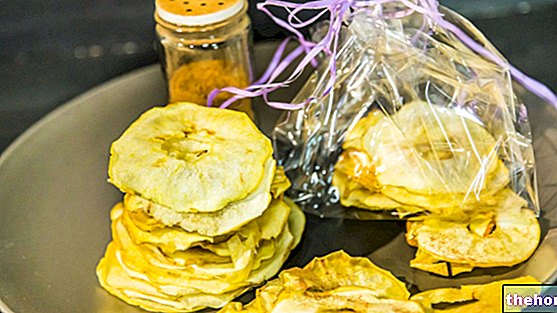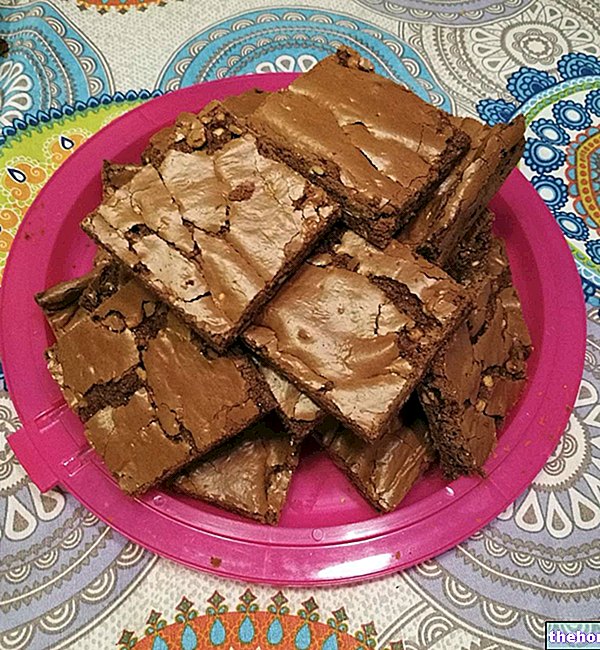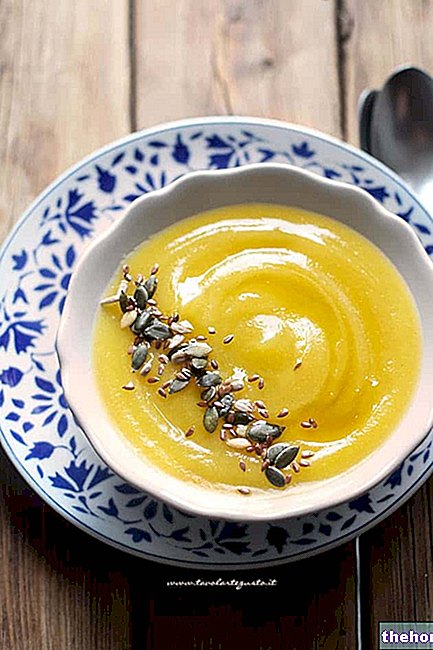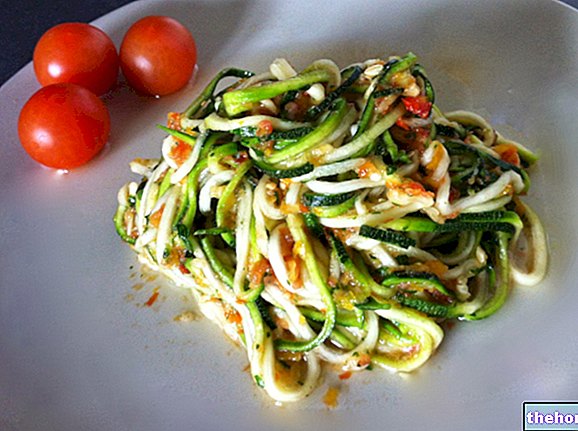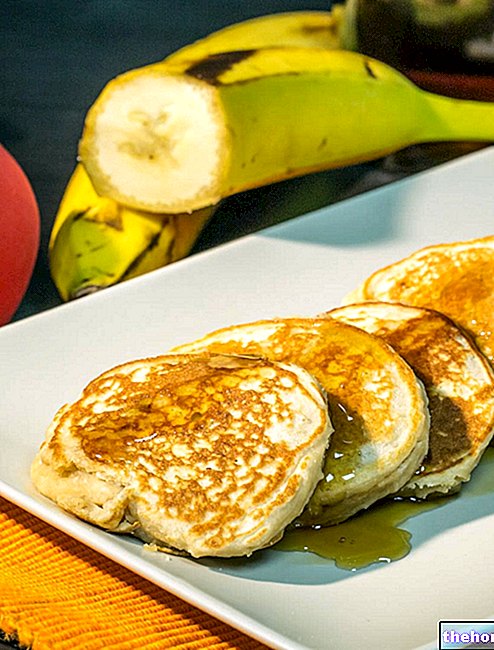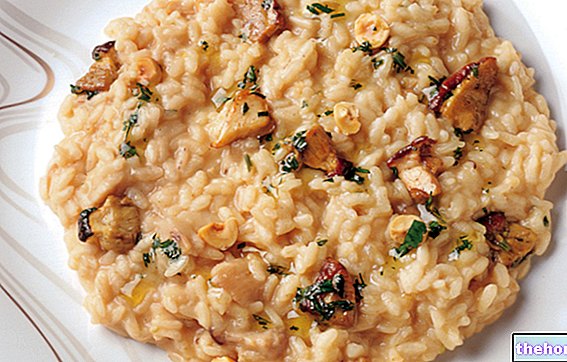At Easter, the dove flies on the tables of the Italians as a universal symbol of Peace and Purity. In fact, it seems that the dove (intended as a sweet bread prepared with flour, yeast, sugar, eggs and butter) has very ancient origins and that the custom of giving this cake was born from a curious historical event: the legend tells that during the siege of Pavia, the Lombard king Alboin was given a sweet dove as a gift from a craftsman as a request for peace. The sweet bread was so pleasing to the sovereign that it prompted him to spare the city and the inhabitants. It is therefore no coincidence that each dish of the Easter tradition hides a deep and complex meaning: today we will see how to crown the Easter table with the most classic dessert destined for the solemnity of the feast of the Redemption.
Video of the Recipe
Problems with playing the video? Reload the video from youtube.
Identity Card of the Recipe
- 303 KCal Calories per serving
-
Ingrediants
For the dove
- 420 g of Manitoba flour
- 20 g (1 medium) of egg yolks
- 120 g (2 medium) of eggs
- grated peel of untreated oranges
- 100 g of sultanas
- 5 g of salt
- 5 g of brewer's yeast
- 10 g of dried mother yeast
- 100 g of butter
- 35 ml of water
- 65 ml of milk
- 120 g of powdered sugar
To brush
- 20 g (1 medium) of egg yolks
For the icing
- 50 g of granulated sugar
- 120 g (3 medium) of egg white
- 30 g of sugar
- 30 g of powdered sugar
- 50 g of almonds
Materials Needed
- Bowls of different sizes
- Wooden ladles
- Glass
- Latex gloves
- Mold for dove of 750 g
- Electric hand mixer
- Scoop
- Orange peel grater
- Chopper
- Pastry board
- Transparent film
Preparation
The preparation of this dessert is extremely laborious: you need to have a lot of time, calm and patience. The preparation requires 7 steps: in the first 4 you will add a few ingredients at a time, while in the remaining 3 you will shape the dove, make the icing and cook. It is advisable to start kneading the dove in the evening, and then leave it to rest for a whole night.
- FIRST PHASE: PREPARATION OF THE YEAST
To prepare the leavening you need:
- 30 g of flour
- 65 ml of milk
- 5 g of brewer's yeast
- 5 g of sugar
Crumble the brewer's yeast in a glass, add the sugar and the warm milk. Pour everything into a bowl, add the flour and work the batter well with a wooden spoon. Cover the bowl with plastic wrap and let it rest for half an hour, until the leavening is very swollen.
- SECOND PHASE: PREPARATION OF THE SECOND YEAST
To prepare the second leaven you need:
- 35 ml of water
- 60 g of Manitoba flour
- 5 g of sugar
- 10 g of dried mother yeast
In a bowl, pour the flour, dried yeast, sugar and mix the powders. Add the warm water and the first leaven. Mix well until the mixture is soft and let it rest for another hour until doubled in volume.
- THIRD PHASE: PREPARATION OF THE THIRD DOUGH
To prepare the third dough, you will need:
- 30 g of butter
- 70 g of flour
- 30 g of powdered sugar
Pour the flour and sugar into a bowl, add the butter and the second leaven. Knead vigorously until a velvety consistency is obtained. Leave the mixture to rest for an hour and a half or two, in a warm place, after covering the bowl with cling film.
- FOURTH PHASE: PREPARATION OF THE FOURTH DOUGH
To prepare the fourth dough, you will need:
- 260 g of flour
- 70 g of butter
- 80 g of powdered sugar
- 5 g of salt
- Grated zest of an untreated orange
- 2 eggs
- 1 yolk
- 100 g of raisins
Once the third dough has doubled in size, you can proceed with the fourth phase. In the container of the electric mixer, pour the eggs, the icing sugar and the butter at room temperature: mix well until the mixture is creamy. Add the salt, flour, orange peel and the previous dough: mix everything well with the mixer for at least 5 minutes. The operation can also be performed by hand. Finally, add the raisins (previously soaked and well squeezed) and continue stirring, eventually turning the mixture onto the pastry board: the consistency must be rather sticky, but the dough must come off well from your hands. You can help yourself to mix with a small spoon. Pour the mixture into a very large bowl and let it rest for 5-8 hours.
- FIFTH PHASE: PUTTING THE DOVE INTO THE SHAPE
When the dough is very swollen, place the dough in a 750 g mold for doves. Trying not to overwork the dough, prepare two cylinders: the first will constitute the "body" of the dove (therefore it will be longer), the second, instead, the "wings".
Let the dough rest in the mold until it reaches the edge (this will take about 5 hours).- GLAZING
Chop about 40 g of almonds together with the icing sugar. Beat the egg whites until stiff, adding a pinch of salt if necessary. Gently combine the egg whites with the almonds, the icing sugar and the granulated sugar. When the dove has reached the edges, gently brush an egg yolk on the surface and cover with the almond and egg whites glaze. Finish by adding granulated sugar and whole almonds.
- COOKING
You can finally proceed with the cooking of the colomba: bake in a hot, preheated oven at 160 ° C for 35 minutes. If necessary, check with a toothpick if the cooking is optimal.
The dove is ready after its total cooling.Alice's comment - PersonalCooker
Happy Easter with an egg, but without a hen Happy Easter and happy Easter Monday, I'll give you a slice of the dove. Toast together with My-personaltrainerTv, it will be a party until Monday.
Also discover the quick colomba with two chocolates: and the colombine with milk cream: two delights that are prepared in a flash!Nutritional values and Health Comment on the recipe
The Easter dove is a fairly caloric dessert BUT above all rich in simple sugars, or rather, sucrose. It is a traditional pastry dessert that provides a good portion of saturated fatty acids and cholesterol and, therefore, it would be advisable to limit its consumption to the Easter celebration by dividing it into several secondary meals that should NOT exceed 200-250kcal, therefore 60-80g for each slice.

